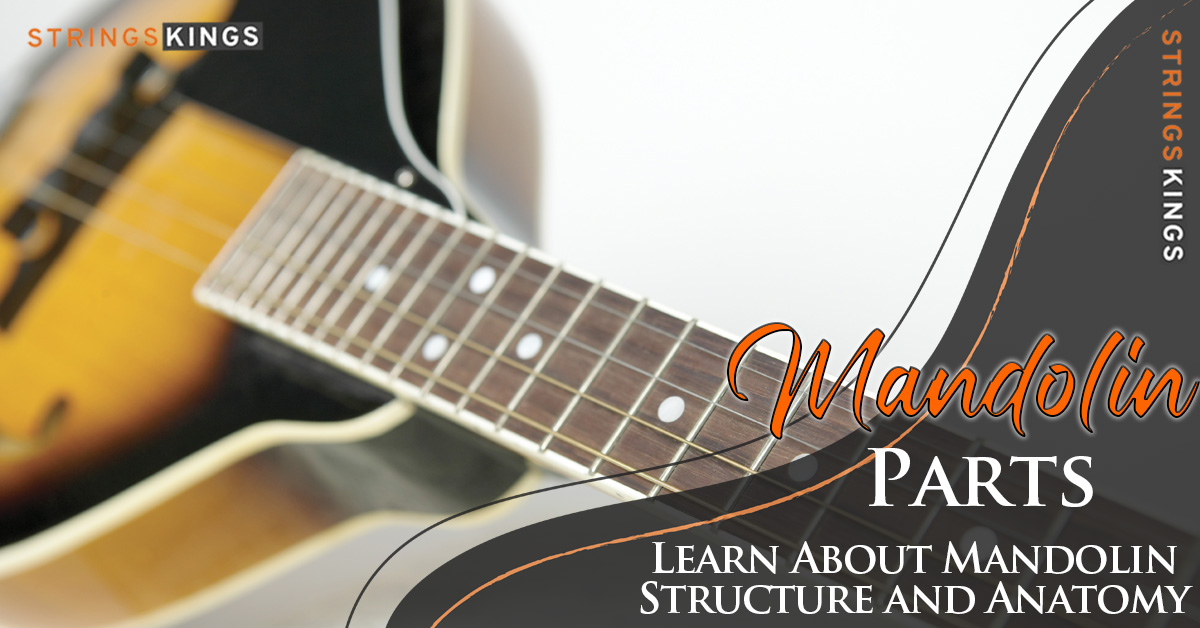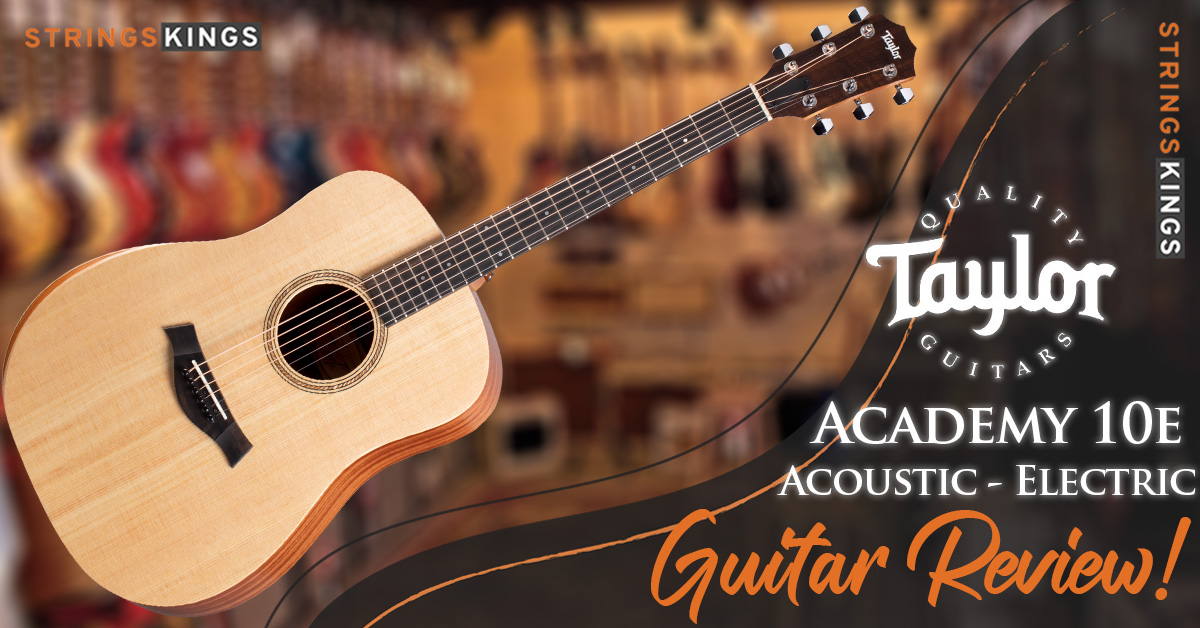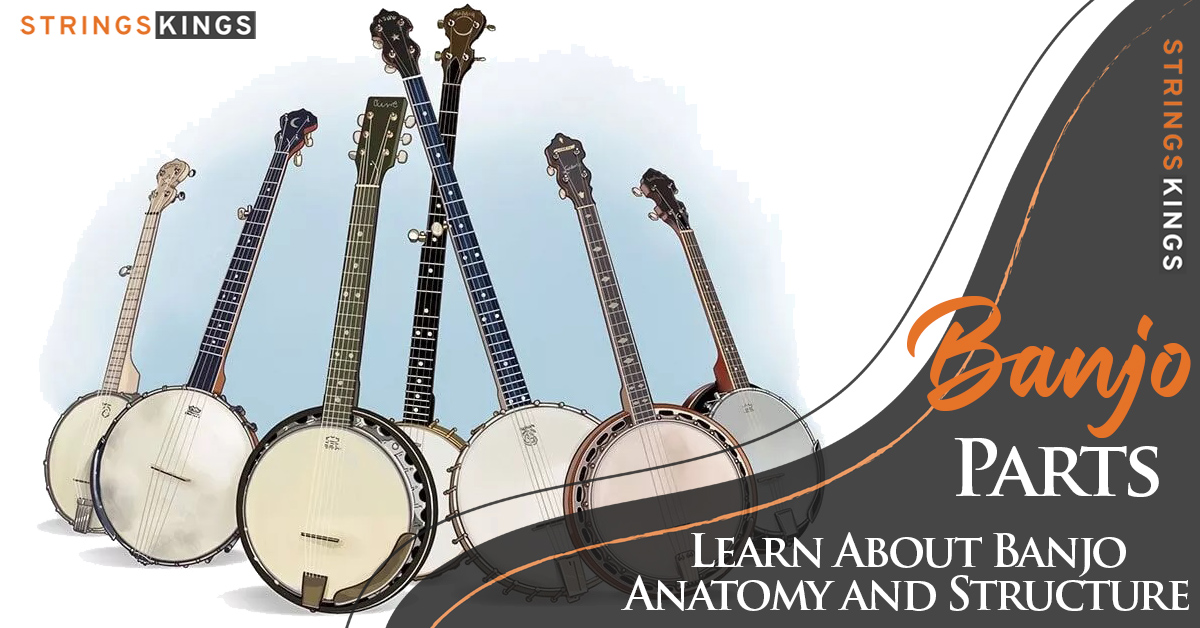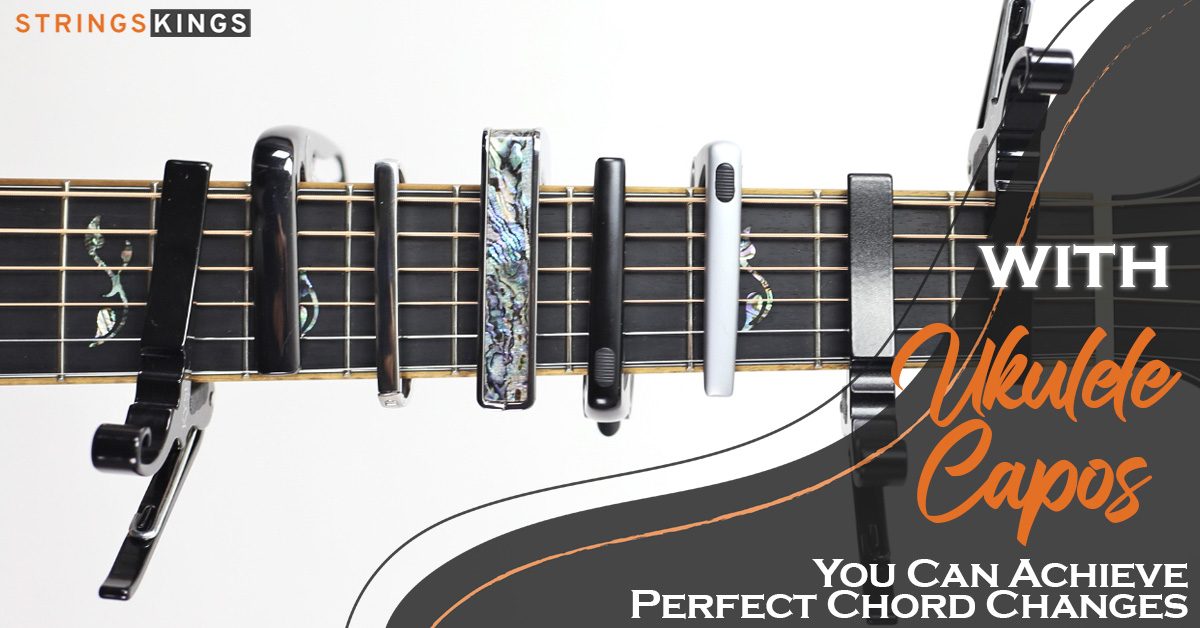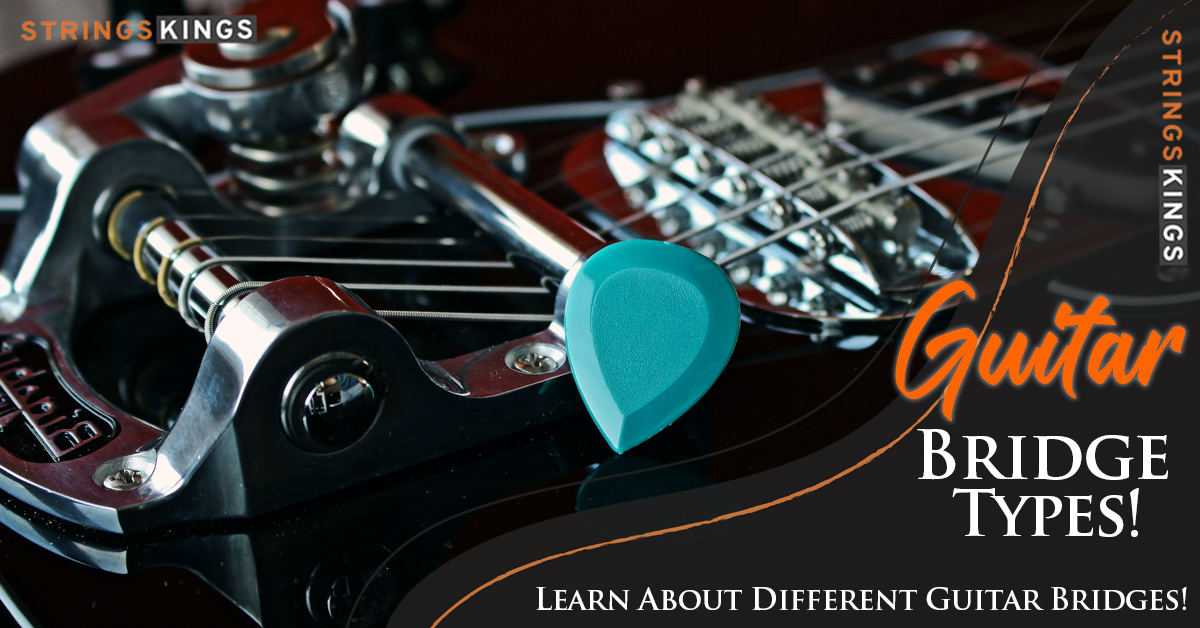Table of Contents
Learn More About Cello Parts!
When you first look at the Cello, it looks simple. However, a closer look reveals the dozens of parts that combine to produce the distinctive sound and appearance of the string family’s tenor.
Only slightly smaller than the double bass, the cello’s size houses a complex system of acoustic shapers and other components. Some are there to guide the soundwaves into tune, while others make it easier for the musician to play in their most natural posture.
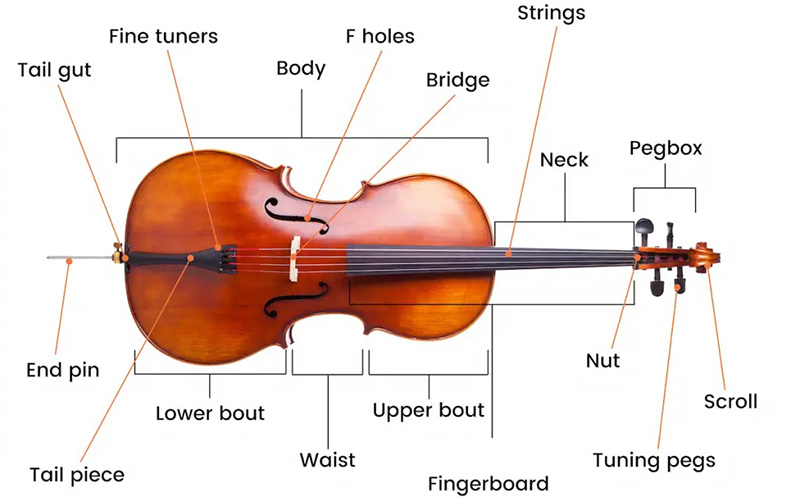
Explore the cello from the outside in to see how its parts come together to create this beautiful instrument and its unique sound.
Parts of the Exterior
Let us begin by taking a look at the exterior of the cello. The musician interacts with these pieces in order to play and maintain the instrument. It is likely that they will look familiar to you if you have ever seen a cello performance.
A cello’s exterior components can be divided into three sections, starting from the bottom up: the body, the neck, and the pegbox. As we proceed, we will look at each of these separately.
The Body
The most distinguishing characteristic of a cello is its body shape as well as its proportions. A distinctive rounded, hollow oblong shape is carved with indentations in the middle.

Generally, the top of the cello is spruce, while the back is made of maple. Cellos come in a variety of sizes to accommodate players of different ages and sizes.
It is important to note that all sizes are built with the same proportions in order to preserve the same range of notes.
Bouts
Bouts refer to the inward curves of a cello’s side that appear to point to the f-holes. Due to its position, the cello bow is able to move freely across the strings without bumping into the sides of the instrument.
F-Holes
These hollows, which are named after their letter shape, are carved on the top of the cello beside the bouts in order to give the strings’ vibrations a way to bounce back and resonate to the top of the instrument. Essentially, they are small acoustic amplifiers.
Ribs
This is the wood on the outside of the cello, connecting the top to the back. Their support is crucial to the cello’s structural integrity, as well as its sound since they carry much of the physical resonance. Cellos with stronger ribs sound better.
Purfling
The wood bordering the top and back pieces of a cello is different from the rest of the body. That’s the purfling, which prevents cracks in the instrument’s body by binding it.
Bridge
There is a piece of carved wood below the f-holes which elevates the strings and keeps them at the same tension as they run from the neck to the tailpiece.
The bridge allows the strings to vibrate off the body, allowing their resonations to be amplified by the f-holes. A player must keep an eye on its position in order to ensure it stays in place, since it’s not permanently attached to the body but is held in place by the tension of the strings.
Endpin Rod
Cello bodies end with a metal spike on the bottom. It supports the instrument while it’s upright and at an angle while playing. Using the endpin screw next to it, the musician can adjust the height to their preference.
Fine Tuners
A cello’s tailpiece always has at least one tuning screw at the end of the A string, and some have one at the end of each string. By manipulating the tension of the strings, fine tuners can refine the tone of the strings.
Saddle
In front of the endpin, this piece of ebony wood spreads out the tension as the strings end. The purpose of it is to relieve some of the string tension pressure on the rest of the instrument.
Tailpiece
There is a tailpiece near the bottom of the cello’s front where the strings end. A tailpiece contains holes that catch the ends of the strings, as well as fine tuners on those strings.
Tailgut
An endpin rod is connected to the tailpiece by this nylon or metal string.
Neck
The neck of a cello is the long, thin piece of wood that protrudes from the top of the instrument. At one end, it supports the fingerboard, and at the other, it contains the pegboard and scroll.
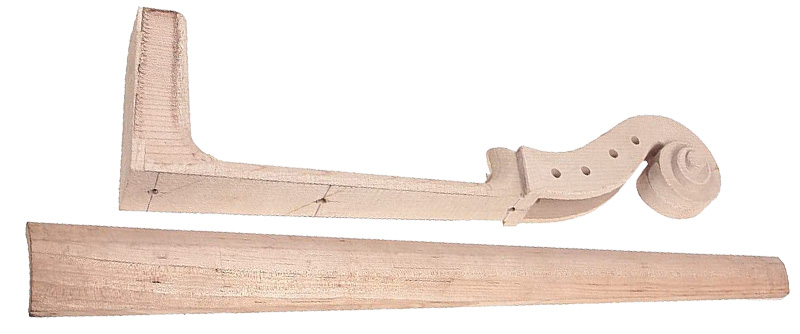
Typically made of maple, the neck has a slight curve so the strings can be accessed more easily.
Strings
Cellos have long thin strings that run down their necks and bodies. To produce the instrument’s sound, the player presses down on them and drags the bow across them or plucks them with their fingers.
Each is tuned at intervals of fifths using the notes C, G, D, and A. Cello strings are now usually made of tightly wound metal alloys, rather than sheep intestines as it was before.
Nut
It’s a piece of wood raised perpendicular to the neck where the neck meets the pegboard. In order to keep the strings organized as they go into the tuning pegs, it has four grooves carved into it.
Pegbox
In this case, it is the section right above the cello’s neck. Each string is twisted around the tuning pegs so they get the proper tension for their individual note tones while separating the strings so they don’t interfere with each other.
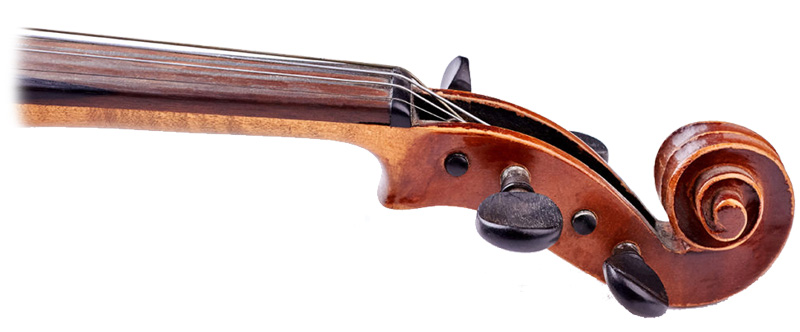
Tuning Pegs
Strings are wrapped around tuning pegs at their ends. Creating a higher tone requires twisting the peg more to increase string tension; creating a lower tone requires twisting the peg less to reduce string tension.
Scroll
The cello’s top is decorated with this swirl of wood. This doesn’t affect the sound or balance of the instrument, but it adds a distinct air of elegance to it.
Parts for the Interior
In the interior of a cello, the unique sound of the instrument is refined and perfected. The tones of a cello are shaped by these two parts, which are fixed inside the instrument’s body.
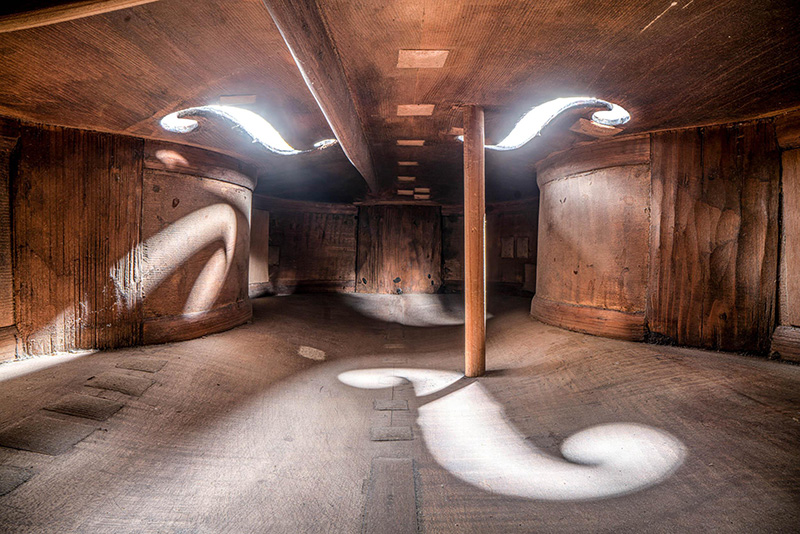
Sound Post
The wooden dowel supports the body beneath the bridge, connecting the back and top of the cello. In order to produce a louder, fuller sound, it’s placed there to amplify the vibrations from the cello’s strings through the instrument.
Bass Bar
The purpose of this part is to amplify the lower register notes of the cello. The bass bar is made of specially prepared spruce wood and is located inside the instrument.
Accessories
In order to play the cello, a few things are required that are not attached to the instrument. The following are other things a cellist needs.
Bow
Cello music relies almost exclusively on this thin, tightly-strung wooden rod to create vibrations across the strings. Cello bows are available for a variety of preferences and playing needs, so selecting the right one is essential.

Rosin
A cello bow’s hairs are rubbed with wax to help the bowstring grip the instrument’s strings for sound production. It’s up to the player to decide what kind they use, but all cellists need one for their instruments to produce music.

Endpin Strap or Stop
They are optional but helpful accessories, especially when practicing on surfaces not designed for cellos. Endpin straps attach the cello’s endpin to something like a chair leg, and stops provide a grippy ground rest for the endpin.
The strap is good for stabilizing the cello’s endpin on fluffier surfaces like carpet. Stops are useful for protecting hard surfaces, such as wooden floors, from scratches caused by endpins alone.
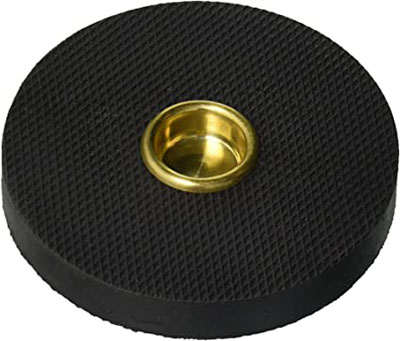
Cello Mute
A Cello mute is a rubber or metal piece that fits over the cello’s bridge. It dampens the strings’ lower vibrations is another accessory that’s not essential but can make a big difference in the instrument’s sound.
It can be a lifesaver if a cellist needs to practice in an area with other people who may not appreciate the noise.
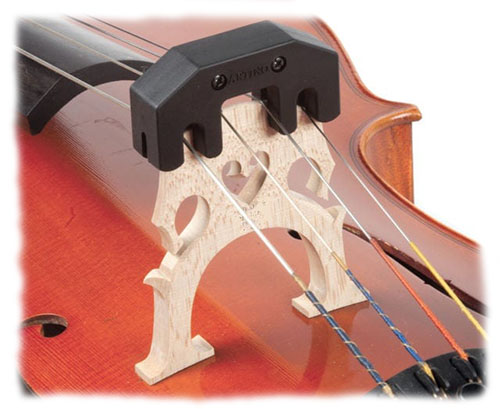
In this video made by “ehow” you can see all the Cello parts explained and their appearance.
Wrapping Up
Cellos are characterized by their unique, beloved sound, which is created by all parts of the instrument. A player who understands how this works can take full advantage of everything their instrument can do.
Getting to know all the pieces of the instrument also makes it easier for the musician to recognize early warning signs of things that may need adjusting, so they can be corrected as soon as possible. A cello’s parts are crucial to understanding and maintaining the string section’s long tradition.
Hopefully, this article has helped you gain a better understanding of the Cello and all its parts.

